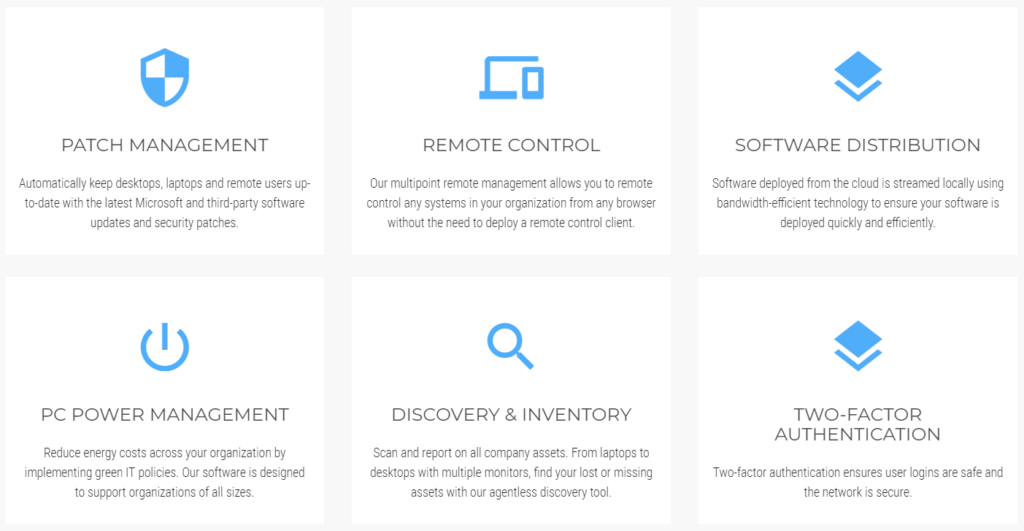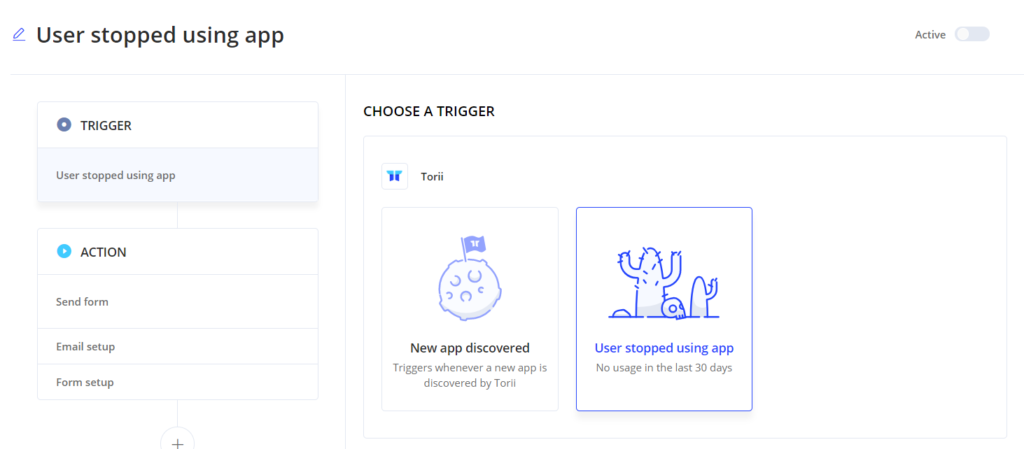Building an e-commerce business is easy.
Don’t believe me? There are plenty of solid arguments to be made.
For one, any internet-savvy individual can pick up an e-commerce platform like Shopify or BigCommerce and create a professional-looking online store in a few hours.
More importantly, there are now countless freelancing networks they can leverage to fill important skill gaps in their business, be it web development, marketing, SEO, or graphic design.
The real challenge, however, is scaling your e-commerce business and transforming it into the million-dollar endeavor you envision it to be.
Increasing your sales figures in itself is a daunting task, but that’s a story for another article.
For now, we’ll take a look at the IT challenges associated with a growing software ecosystem of an e-commerce business.
Let’s begin.
4 Ways to Solve IT Challenges in e-Commerce Business

1. Automate Your Inventory Tasks
Let’s get one thing out of the way: automation is the way to the future.
The basic premise of software automation is to get repetitive, time-consuming tasks done with the least possible effort required.
As an e-commerce business, one of the most tedious aspects of running your company is inventory management.
Keeping track of your stock, in particular, could lead to more than just unsatisfied customers. It could also cause accounting errors and other problems that could needlessly bloat your costs.
The good news is, modern e-commerce platforms have evolved to make it possible to automate supply chain management and turn your profitable business ideas into reality.
For instance, Shopify supports automated dropshipping apps like Oberlo that will help load up your store with products and fulfill orders with very little setup.
For the most part, the configuration process for these apps can be done within minutes — often requiring only a one-click installation procedure and a quick product search using keywords.
Tasks such as product imports and pricing management will then be accomplished by the third-party app without any additional inputs.

2. Use Cloud-Based IT Device Management for Visibility
With today’s tools, a one-man team can definitely handle all the work involved in running an e-commerce business. But once your company starts serving a larger market and making more bucks, you’d definitely feel undermanned.
That’s why a lot of e-commerce entrepreneurs, particularly those who started from the ground up, eventually hire employees to build their brand and draw in more customers. This may pertain to writers in charge of attention-getting content, developers who can customize their storefront, and SEO consultants who will spearhead their organic traffic campaign.
In some cases, contractual freelancers become permanent members of an in-house team — thus, leading to the creation of a living and breathing IT ecosystem.
As your team grows, so does your responsibility in maintaining the security and integrity of your business network. That’s why investing in an IT management solution should never be out of the question.
Products like Cloud Management Suite, for example, lets you track and manage every device connected to your business network. These streamline tasks that would otherwise be overwhelming without a dedicated IT department, such as distributing business applications, rolling out software updates, and keeping device security in check.

3. Keep Your Platform Secure
Speaking of security, you should never forget the fundamental practices that can keep your e-commerce business safe from the plethora of online threats out there.
Let’s cut to the chase and get to the top cybersecurity tips out there:
Update Your Platform
It’s no secret that content management systems constantly update their platform to fix security vulnerabilities.
In 2018, a whopping 76 percent of successful cyber-attacks were zero-day in nature. These are attacks that exploit a vulnerability before organizations become aware of them.
That’s why you shouldn’t wait to do your next WordPress update or Joomla Upgrade, especially once your e-commerce business starts getting some traction. At the same time, be sure to keep your antivirus and operating systems updated whenever possible.
Use a CDN
A Distributed Denial of Service or DDoS attacks is the bread and butter of cybercriminals.
In addition to blocking the access of legitimate users on your website, DDoS attacks are also sometimes a precursor to bigger threats — either used as diversions or as means of compromising the integrity of a website to discover more holes in its security.
A Content Delivery Network or CDN can protect against these threats by cushioning the influx of malicious traffic with proxy servers. Some CDN services also come with DDoS mitigation as well as various website security tools, like backdoor shell protection and a web application firewall.
Implement Two-Factor Authentication
To protect your e-commerce business against brute force attacks, a surefire method is to activate two-factor authentication.
In simple terms, it refers to the strategy of requiring an additional verification step with each login. This usually comes in the form of a one-time password delivered via the user account’s email or SMS.
Shopify is among the few e-commerce platforms that have this feature built-in. Otherwise, you may need a third-party tool like Nexmo or Authy to protect your business with two-factor authentication.
4. Track Your SaaS Budget
Finally, a competitive e-commerce business has a collection of Software as a Service or SaaS platforms that run virtually every aspect of their business — from CRM to email marketing.
The key challenge here is to make sure you don’t go overboard with your SaaS investments. Most SaaS providers, after all, use a subscription-based payment model that could drain a company’s funds if they don’t maintain a calculative approach.
SaaS management platforms such as Torii will help you stay on top of your software stack with a visual dashboard. It helps you identify who uses your applications and how much each cost.

Torii also allows you to design automated workflows for app onboarding and offboarding processes.
A typical use case is an automatic offboarding once members stop using an app for over 30 days.

Conclusion
In e-commerce, IT management challenges exist not to hamper your progress, but to make sure you’re equipped to run a successful company that scales.
Plenty of times, aspiring e-commerce entrepreneurs would jump into the fray without any knowledge whatsoever on the software and hardware side of things. This opens them up to pitfalls that could end their business before it really takes off.
The strategies above should prevent this from happening and more. Just remember that it’s all a matter of automation, visibility, proactive security, and smarter budget tracking. Good luck!
















